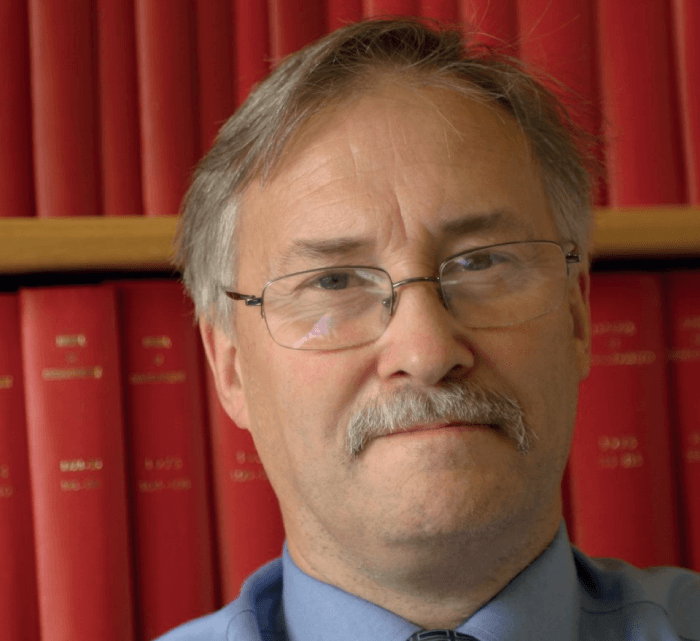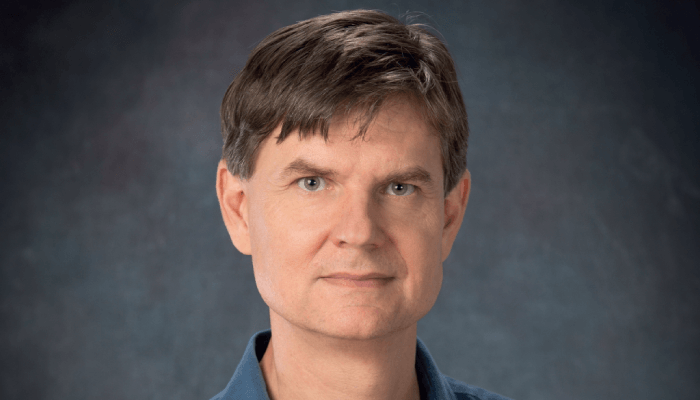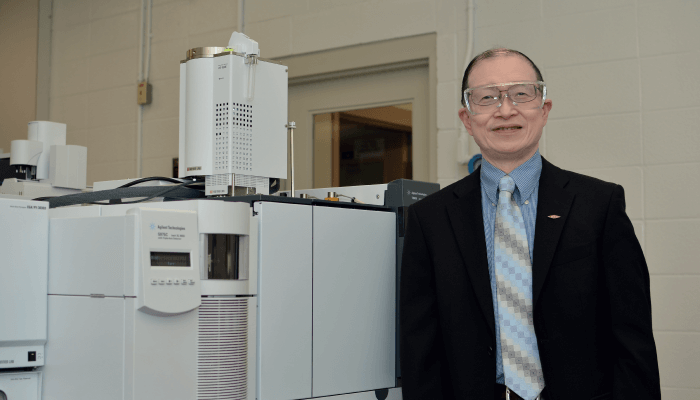Ian Wilson: I’m afraid I have a long memory, so may I stretch the question to the last two decades? If so, I’d say the introduction of sub-two micron particles combined with pumps that could deliver the high pressures that make UPLC possible was truly transformative. HPLC had been languishing, slowly moving from five-micron packings to 3.5 (but frankly why bother: the gain in performance wasn’t that great…) and 4.6 mm id to 3.0 or (if you were brave...) 2.1 mm i.d., columns. The gains were often marginal – a minor increase in sensitivity and a reduction in solvent consumption. Then UPLC exploded onto the scene with the chromatograms looking more like GC than LC. The data produced were game changing for complex mixture analysis. So, as a result of UHPLC, you could have the same number of peaks in a fraction of the time, or really explore the complexity of your sample with the same run time as your (now outdated) HPLC run. The field never looked back.

Paul Haddad: Method development in chromatography has traditionally been a laborious pastime because of the huge number of stationary phases and mobile phases available, coupled with the necessity to equilibrate the system with each new set of conditions before reliable retention times can be obtained. This has provided impetus for intensive research into methods for prediction of retention times without the need for experiment. This prediction process, entitled Quantitative Structure-Retention Relationships, enables retention to be predicted on the basis of chemical structure alone, without experimentation. The level of accuracy of these predictions only needs to be sufficient for deciding the type of stationary phase and approximate mobile phase composition most likely to yield the desired separation. A limited number of experiments can then be conducted to optimize the conditions.

Martin Gilar: For the most part, liquid chromatography (LC) is a mature technology (it’s older than me!) and big breakthroughs are slow coming. Like Ian, I think the last major breakthrough in LC happened almost 20 years ago with the introduction of UPLC instrumentation and sub-two micron columns. As mature as the technique is, exciting developments are still taking place, such as core-shell technology, mixed-mode columns, or compact MS detectors. But it’s fair to say that the improvements we are making in LC technology are incremental as opposed to ground-breaking. Perhaps the biggest tectonic shift over the last 10 years is the focus on the analysis of biopolymers, such as proteins, peptides, nucleic acids, oligonucleotides, glycans and lipids.

Jim Luong: As a field of practice and despite its maturity, the role of GC has not diminished or been replaced. Instead, its use increases with continual developments. Some examples of enabling technologies driving GC to new heights over the last ten years include digital transformation, advances in electronics for highly accurate pneumatic control, passivation chemistries to improve overall system inertness, microfluidic devices for the minimization of system void volume, and, most recently, the incorporation of catalysis and 3D printing to enhance flame ionization detection capability.





